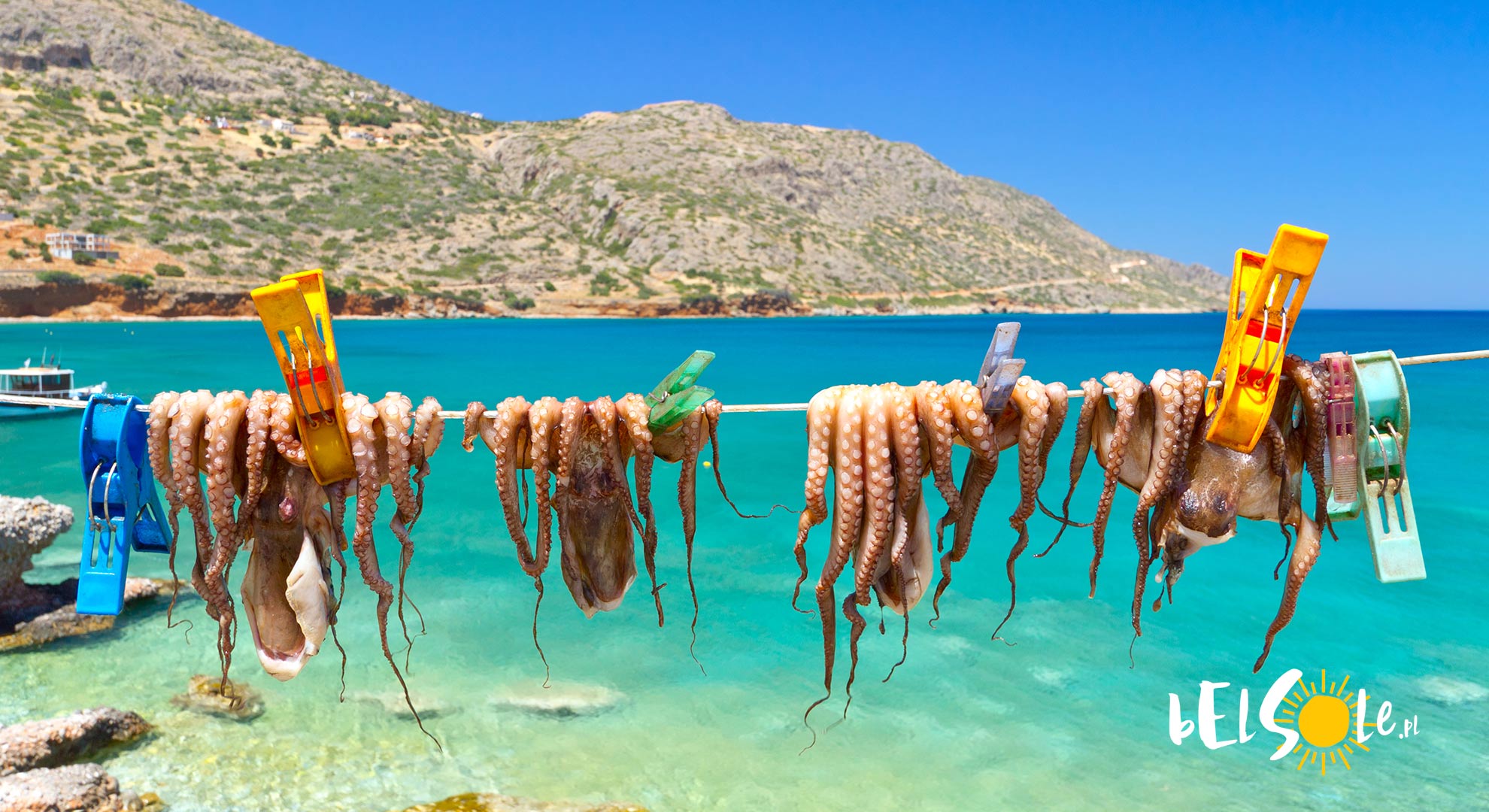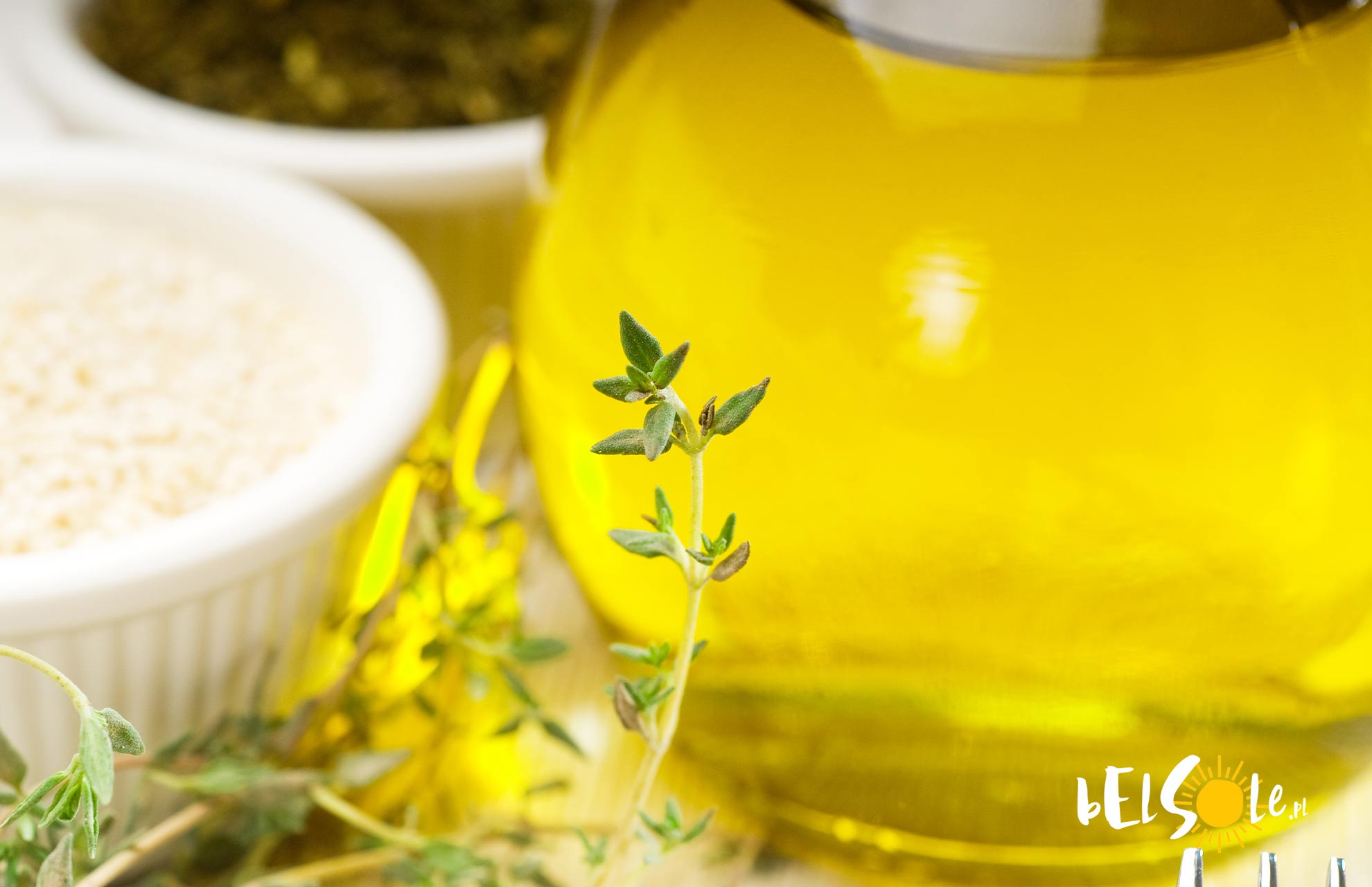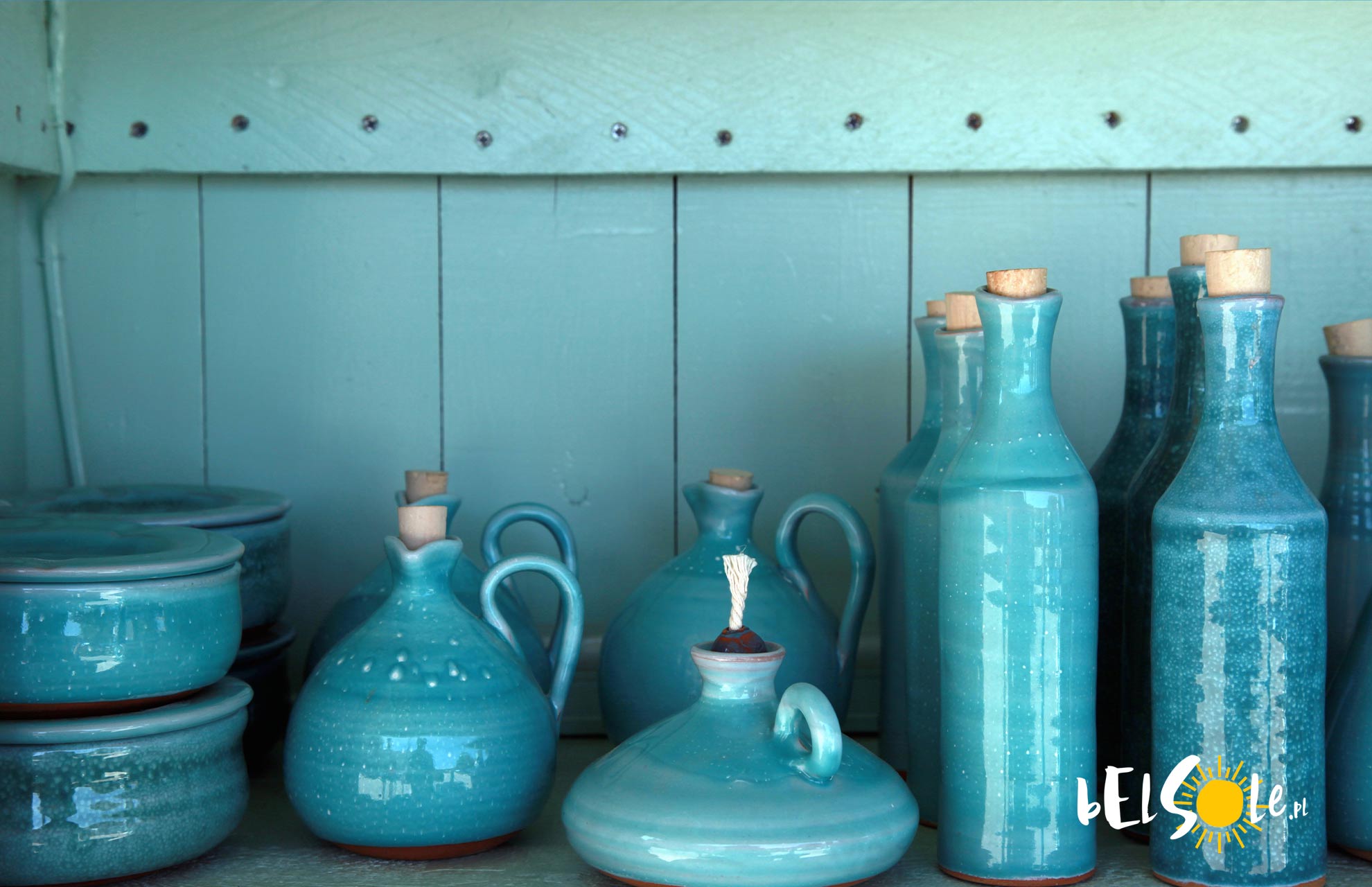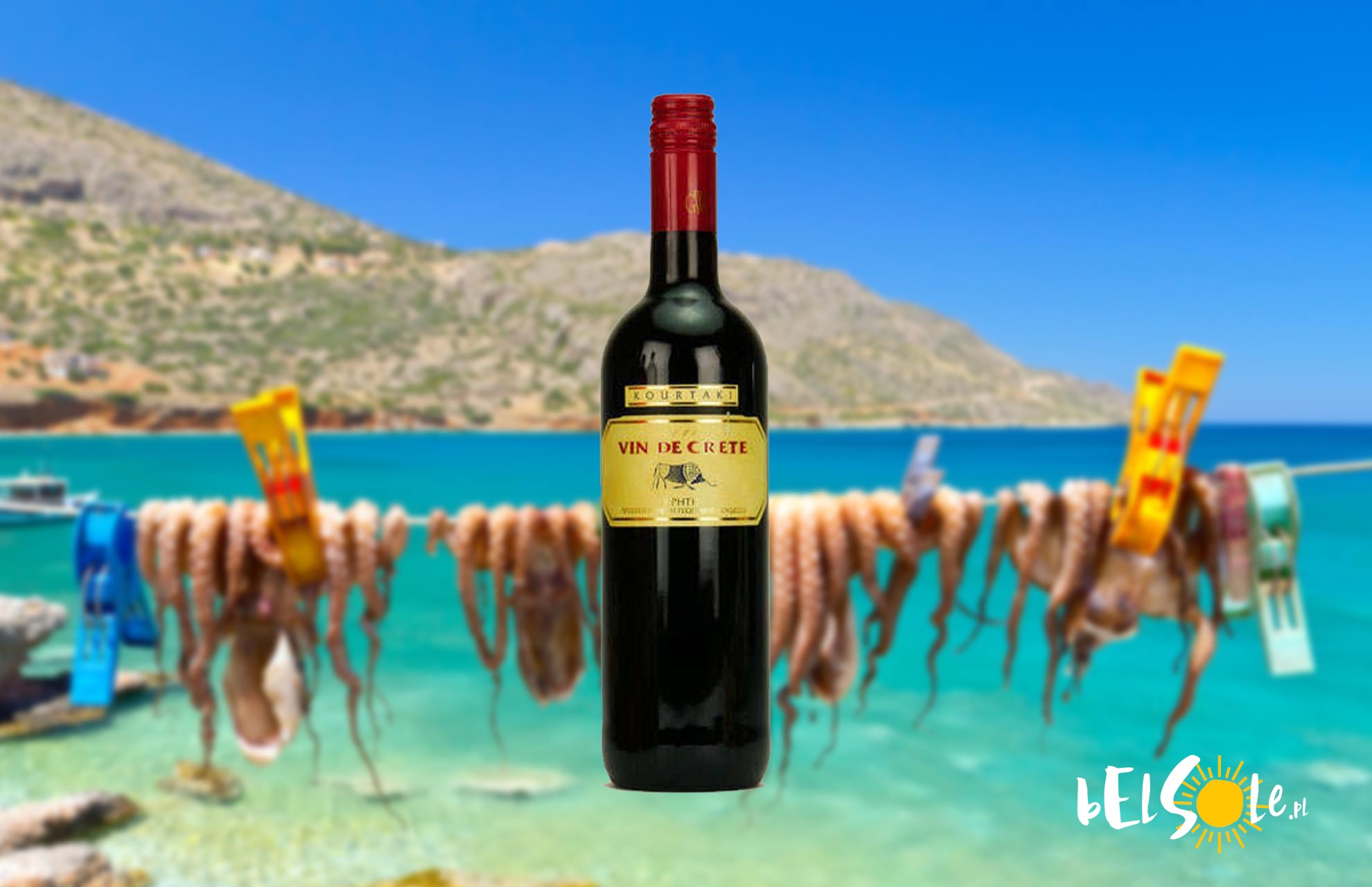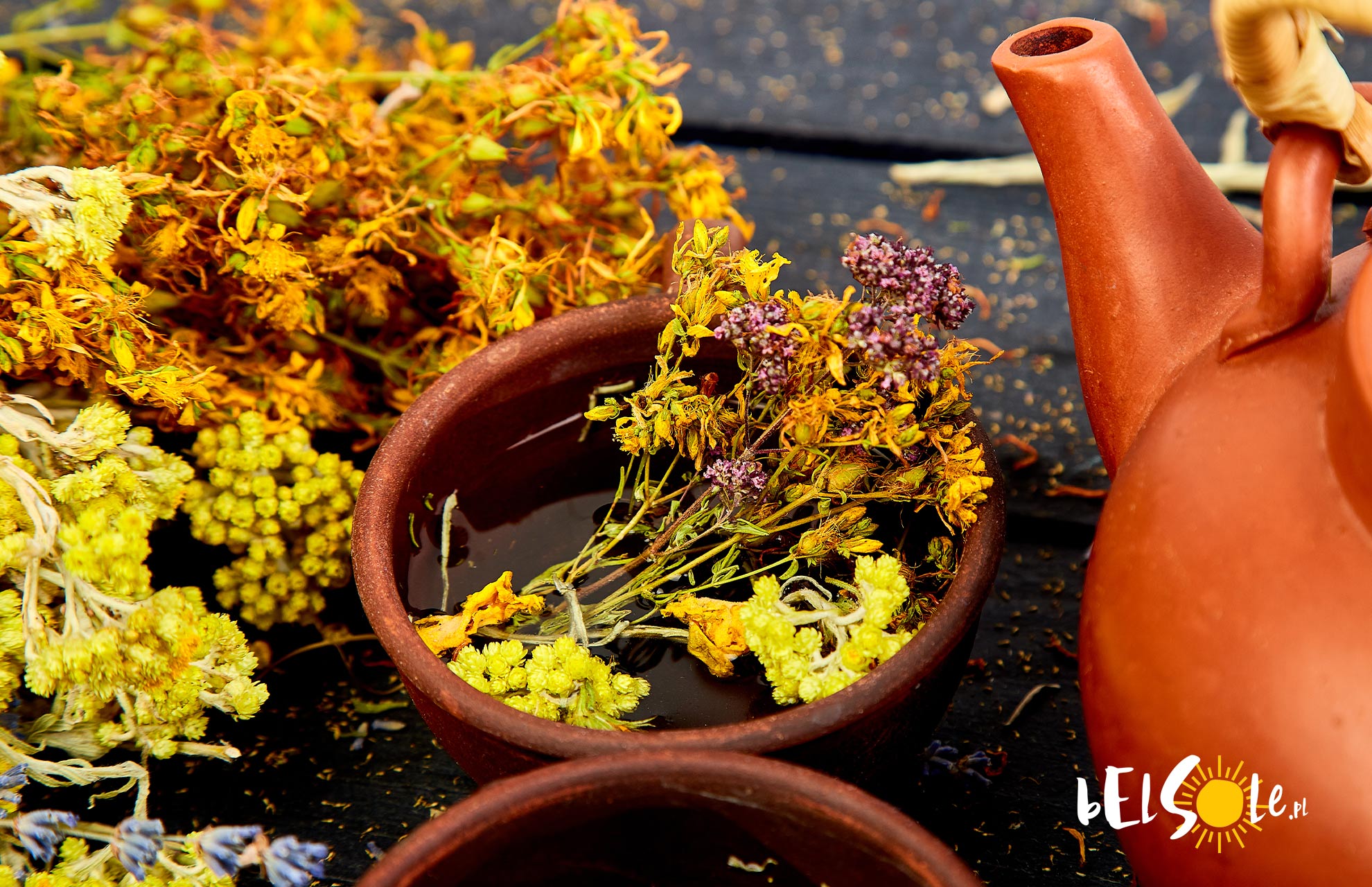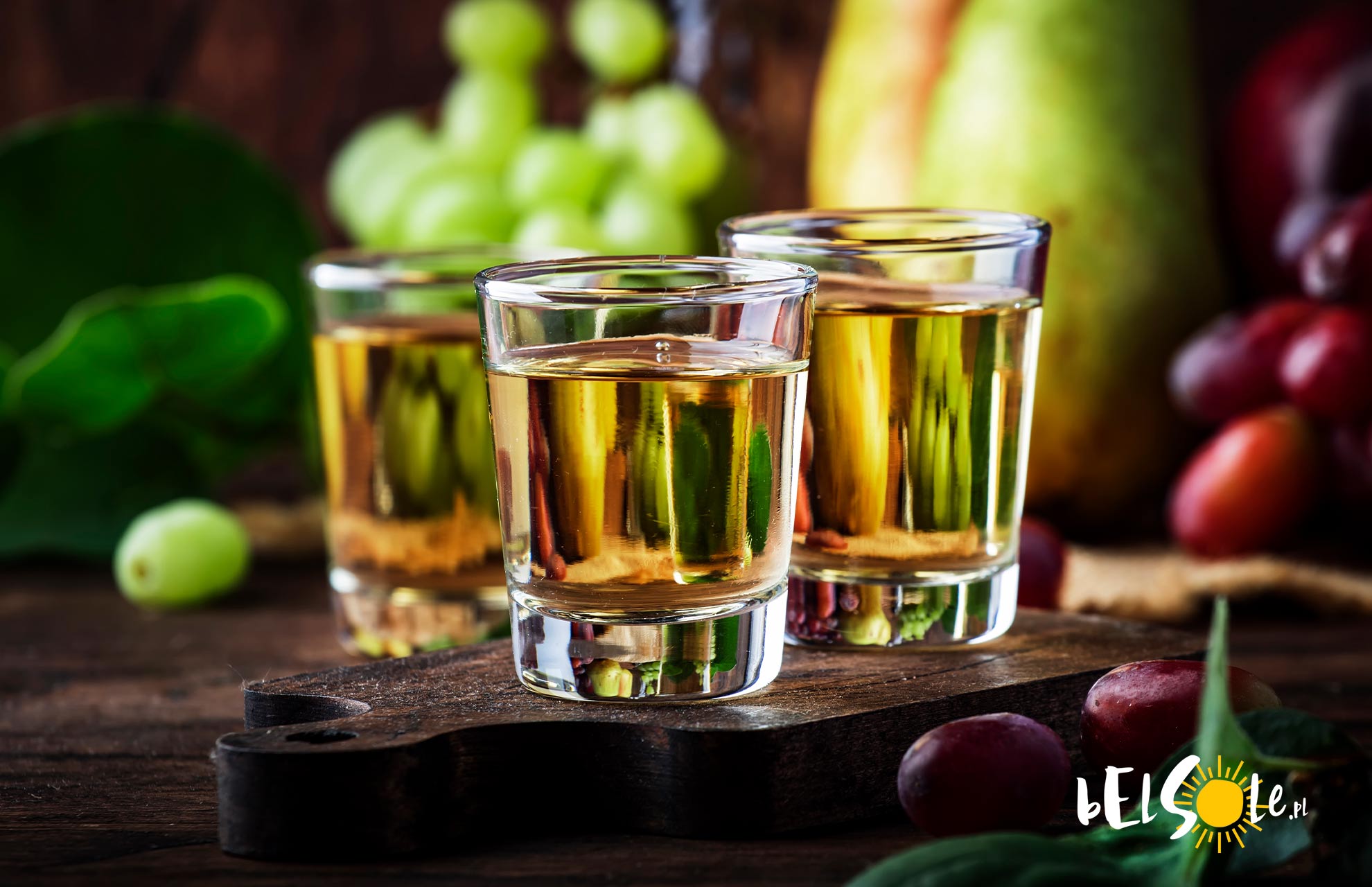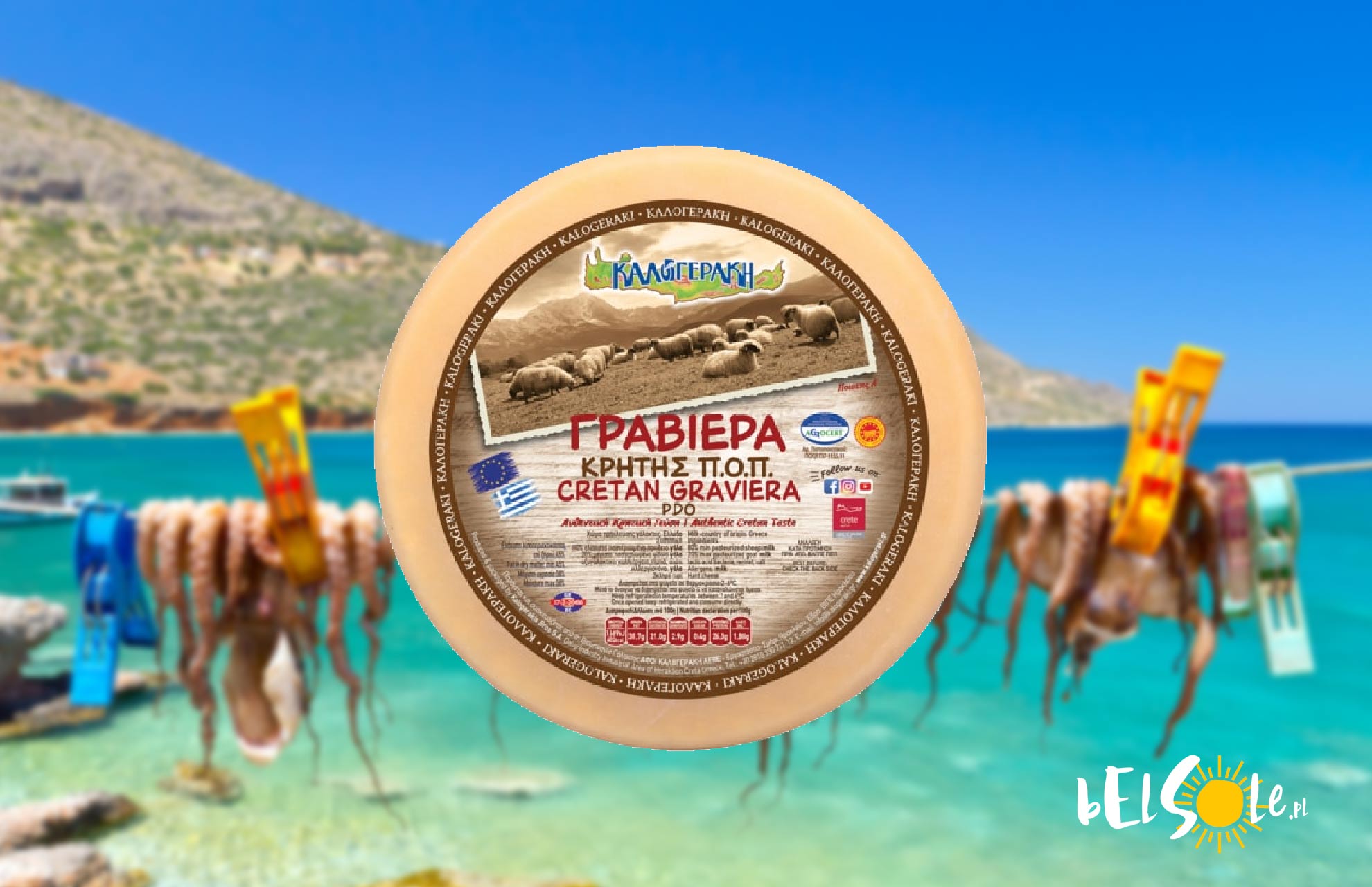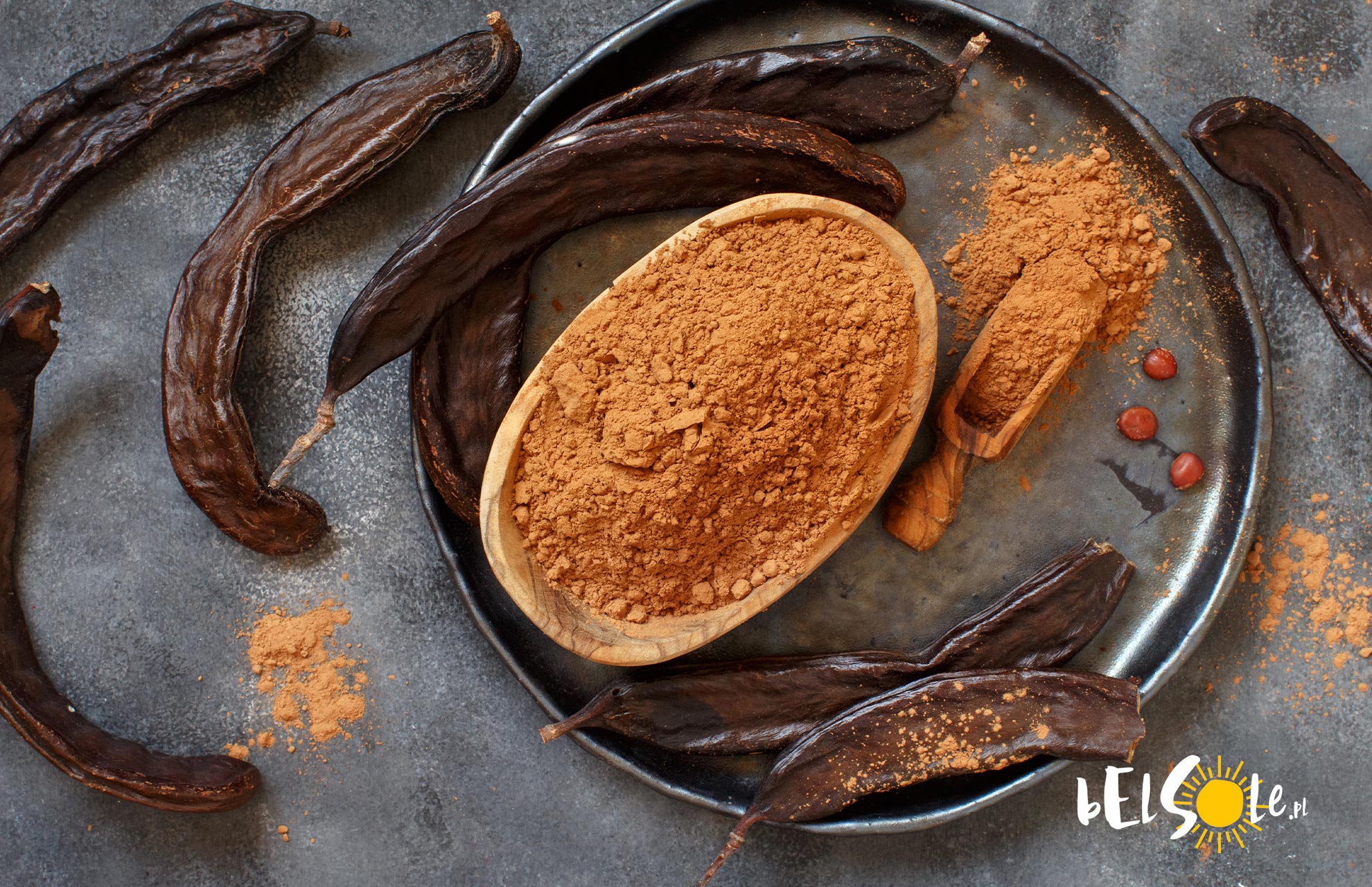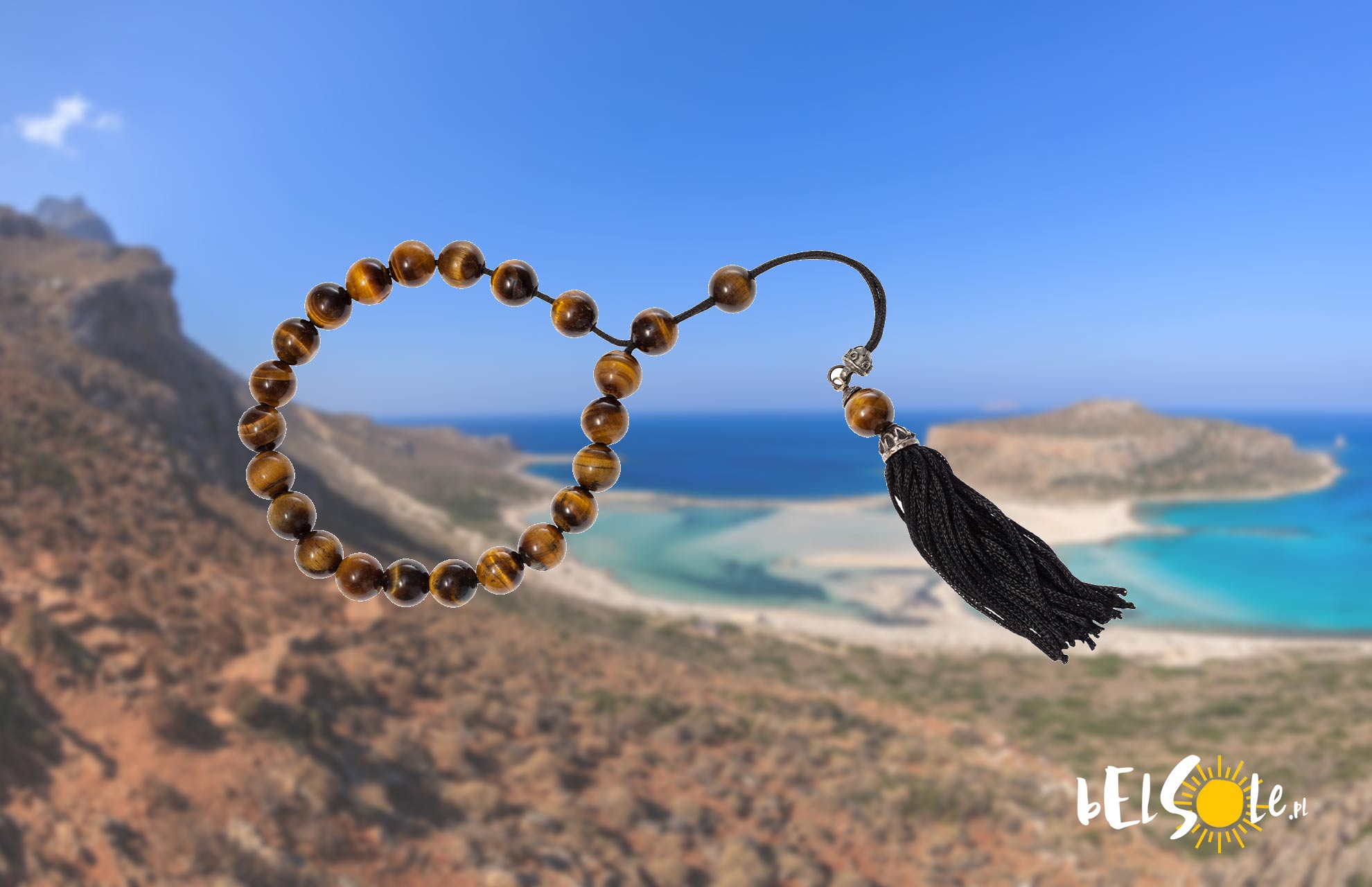Planning a trip to Crete and you’d like to immortalise that trip somehow with a souvenir? Or maybe you want to bring something back for your family and friends back home? Don’t fret, we’ll go over a few options for both in today’s article.
Tips for bringing stuff back
Shopping guide
Firstly, remember that your hand luggage has limits on liquids. The maximum amount of liquid you can carry in one bottle in a hand luggage is 100 ml! If you want to carry olive oil or wine, you’ll have to jam it into your checked luggage. Make sure to bring some bubble wrap and newspapers to secure your stuff. It’s also a good practice to pack your bottles in separate nets in case they break, happened to us once.
For Crete specifically, you can opt to buy stuff from local farmers at their stalls. You can also ask the locals where they buy their products, as that’ll generally yield better results than opting for the tourist shops. Also, be careful with products which require a fridge, as it’s very, very, very hot in Crete in summer. Keep them safe.
Thyme honey
Honey from Crete
The tradition of honeymaking dates back thousands of years in Crete, all the way back to the Minoan civilisation. Honey is one of the local specialities on the island. The one we’ll recommend you today is thyme honey, mainly produced in the White Mountains. It’s one of the most prized honeys across the country and a jar will cost you around €5-6.
Olive oil from Crete
Local olive oil
Of course, Greece is also well known for its olive oil – Crete’s no exception and Cretan olive oil is truly exceptional. It’s said to owe its great taste to the perfect weather conditions and great air quality that Crete offers. The island is home to more than 30 million olive trees, so production is no small-size endeavour here. A bottle of good olive oil may cost you around €5.
Ceramics
Jugs, bottles, bowls
Crete also has a long history of making ceramics, also from the Minoan times. Of course, today’s ceramics don’t have much in common with the ancient ones, but they’re beautiful anyway. And they do try to take inspiration from their predecessors, mainly in design and decoration. Of course, it’s a tad difficult to pack a giant jug, so opting for a bottle for wine or olive oil is a better choice. Take plenty of bubble wrap or ask the seller to pack it well.
Wine from Crete
Local wine
There are also more than 80 wine producers on the island, most of them being centred around Heraklion. The Minoans produced wine from vitis vinifera vines as far back as 4000 years ago. The most popular wines today are Vidiano (white), Thrapsathiri and Liatiko (red). You can also visit the vineyards themselves, like the ones in Dafnes, Archanes and Peza.
How much does wine cost in Crete? You can get a decent bottle for €10-15 or around €25 for a slightly higher quality one. Of course, you can totally find cheaper homemade stuff for €5 and it’s still very good.
Malotíra, an herb from Crete
and other herbs from Crete
We’ve already introduced herbs into the equation with thyme honey. Another herb that is well known in Crete is called ironwort, the so-called mountain tea, which was used for colds and for stomach ailments. It’s sold dried for about €2-3 per bag.
Raki
Strong alcohol from Crete
Raki is a famous strong alcohol prepared in Crete. You can buy ‘official’ Raki in shops or look for homemade stuff from the locals. It’s a distillate made from grape pomace and tends to sit somewhere around 40-65% strength. It’s produced for two to three weeks, usually around late October and early November.
We recommend trying to find a homemade bottle from the locals if you can!
Graviera cheese
A substitute for Swiss Gruyère
Cheese is a very popular product in Greece – it’s one of the top countries in terms of cheese consumption in the world. And Graviera is the second most popular cheese in the country, right after feta. It has a very distinctive aftertaste, kind of like caramel. It’s made of sheep’s milk and matures for a minimum of five months. There are also some regional variations in taste – for instance, those made on Agrafon and Naxou will taste different than those from the mainland. It’s sold in wheels or wedges and you’ll find them all over the place. Remember to keep it in the fridge, especially in the summer.
Carob syrup
Carob from Crete
The cultivation of Carob in this area is a very old tradition, dating back thousands of years. Crete is a very good place to grow carob trees – the soil is free of fungi and pests that can otherwise damage them. Harvesting of these bean-like pods with seeds typically occurs in September. It is used to produce flour, chocolates, sweets and syrups. It is also a very healthy plant, containing vitamins A, B, B2, B3 and D. It is rich in iron, calcium, phosphorus, potassium, magnesium. Carob syrup costs around €4.50 in shops in Crete.
Komboloi
No, it’s not that
This is a string of beads, somewhat similar to a rosary, but with a very different function. Komboloi are also called ‘worry beads’, as people ‘play’ with them, just like you’d with a rosary, to… to just play with them. There’s no deeper spiritual function to it, it’s basically a traditional fidget spinner. You may find some people trying to use them as an instrument, though their primary function is just to pass the time and focus on doing something other than sitting in your head.
See also:


